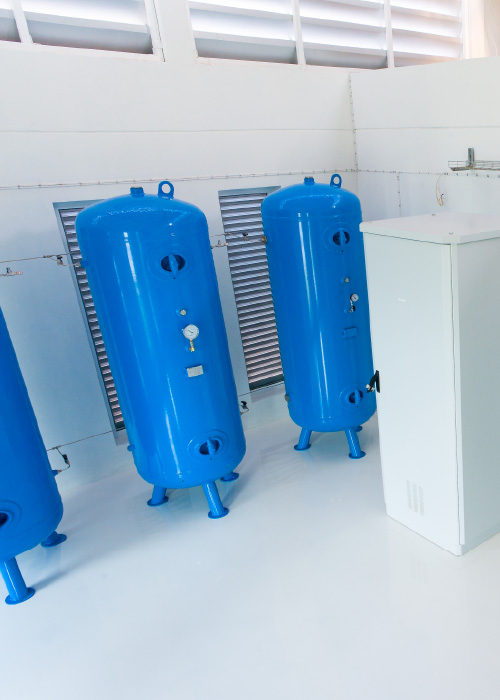
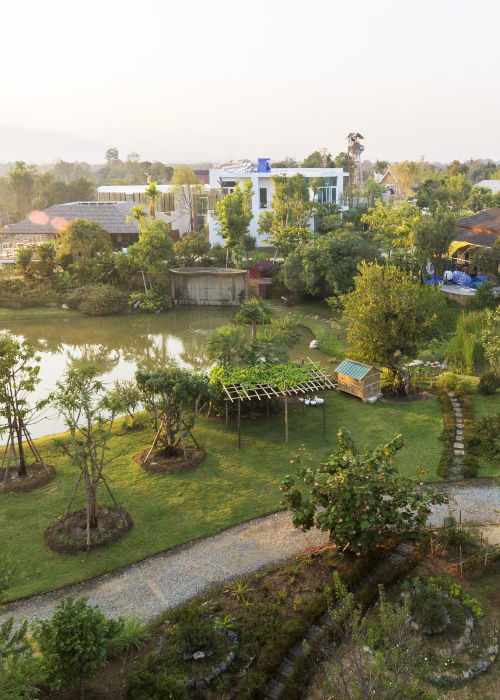
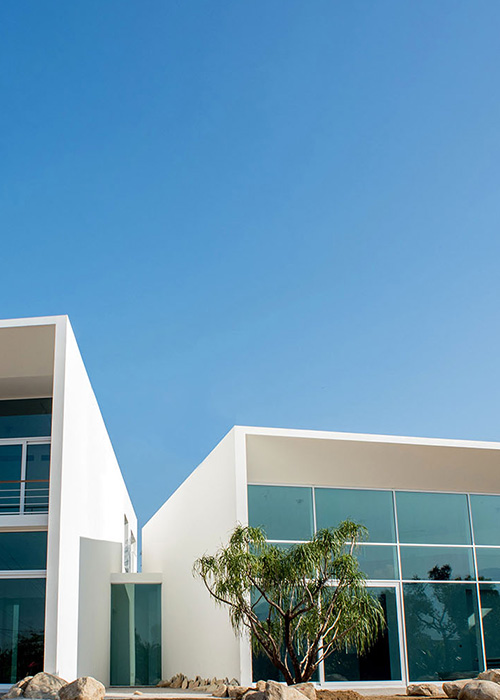
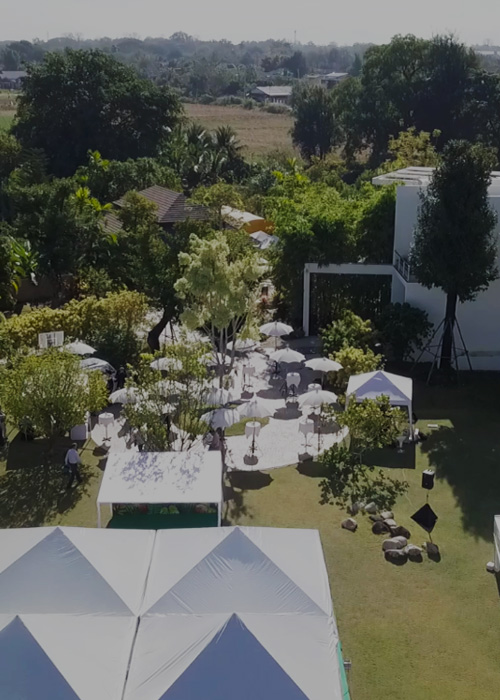
HYDROGEN ENERGY SUMMIT 2018
Thank you for your interest in Hydrogen Energy Summit. We are sharing all content of the Summit through the link below.
Read MoreIf you missed our first Hydrogen Energy Summit, catch up all the content here.
Its innovative hydrogen energy system is a central solution for community solar power and storage. We believe it is the answer to energy needs of the future, and is the solution that stores energy in the most effective and ecological way. We have combined strategies to minimize our impact on the land we live on. We designed and built a water collection system to save and reuse as much of the rain and irrigation water as possible. We directly harness heat provided by the sun to heat water with specifically engineered panels. We also integrated home automation for its potential in energy saving and carbon footprint reduction.
By utilizing windflow and growing a permaculture garden, we aim for a holistic approach to sustainable living.
The Phi Suea House project is a modular concept. It is ideally suited for residential or other developments in remote locations; or where complete independence from the grid is desired.


The energy building has two functions: to store energy and distribute power. It has the largest array of solar panels and is divided in three rooms: the control room, hydrogen room and battery room.
Excess power from the photovoltaics is used to power electrolyzers that split water into its composite gases. The hydrogen gas is then stored in tanks. The energy storage is a hybrid battery-hydrogen system. The bulk of the nightly demand is covered by the fuel cells using hydrogen, while the batteries help cover short peaks in demand.
The first of its kind, the Phi Suea House is the materialization of our dream to achieve cleaner and more sustainable energy systems The most up-to-date sustainable technologies from around the world effectively power this residential development.
Our energy system is designed to store solar power in the most effective and ecological way. The hybrid hydrogen-battery system maximizes the advantages of both the hydrogen storage system and the batteries.
In simple terms, the energy of the sun is transformed via solar panels into electricity. Any excess power will be converted and stored as hydrogen. When the sun is not shining we will use the stored hydrogen gas from tanks to generate electricity by using fuel cells.
Hydrogen is a clean energy source that is created from water and electricity, via a process called water electrolysis. We use a unique technology called the Anion Exchange Membrane (AEM) Electrolyzer, that splits water into Oxygen and Hydrogen. There are other technologies available, the AEM is only one of them.
Sabina Fay Braxton, known for her exuberant extrapolations of ancient hand-printed textile techniques, has been creating fabrics for renowned couturiers, interior designers, and an array of discriminating private clients for over a decade. Baroque in spirit and endowed with the adventurousness of a Mediaeval explorer, Braxton found a form of expression to convey her rich experiences and impressions. Her extraordinary use of color, and the remarkable manner in which she transforms, cloth and design, is truly her trademark. These inimitable textiles are concocted and cultivated in her ateliers in Paris and in an ancient mill in Ireland.Braxton has baptized “Gilded Gaufrage”, a technique in which the pile is embossed by heated carved blocks, encrusted with metals and stained with inks that create a patinated, iridescent and luminous effect on the cloth that orthodox printing methods cannot achieve.
For more Sabina Fay Braxton’s information, please visit www.sabinafaybraxton.com


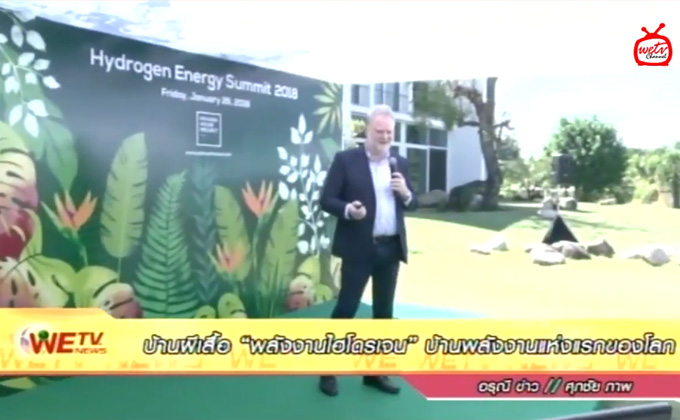

Local press feature Phi Sues House on "Hydrogen Energy Summit 2018" which took place on 26 January 2018.
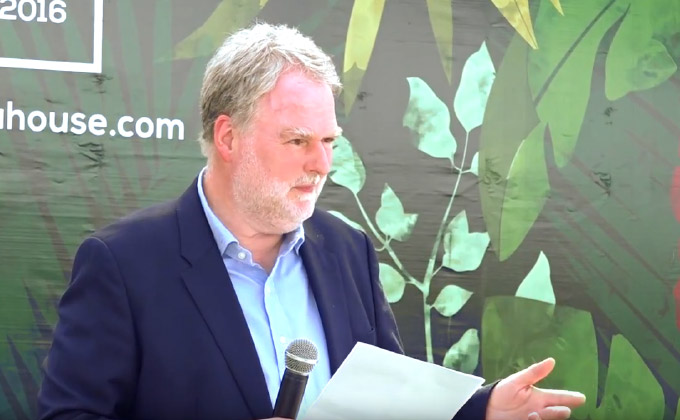

The world's first 24H solar-powered hydrogen storage multi-house residence, Phi Suea House project. A good opportunity for a 100% clean energy market in Thailand.

January 26, 2018, Phi Suea House in Chiang Mai hosts the Hydrogen Energy Summit to lay the foundation stone of the first Green Hydrogen Refueling Station in S/E Asia.

เมื่อเร็วๆนี้ “โครงการบ้านผีเสื้อ” จังหวัดเชียงใหม่ ได้จัดงาน“Hydrogen Energy Summit 2018 ” และเปิดตัวบ้าน“พลังงานไฮโดรเจน” ซึ่งเป็นโครงการที่ใช้เทคโนโลยีผสมผสานระหว่างแผงโซล่าเซลล์และระบบพลังงานไฮโดรเจน จัดเป็นพลังงานธรรมชาติสะอาดไม่ก่อให้เกิดมลพิษ

โครงการ บ้านผีเสื้อ จังหวัดเชียงใหม่ เปิดตัว บ้านพลังงานไฮโดรเจน นำเทคโนโลยี โซล่าเซลล์ ผสมผสาน พลังงานไฮโดรเจน ช่วยผู้พักอาศัยประหยัดพลังงาน
เมื่อวันที่ 26 มกราคม 2561 นายเซบาสเตียน จุสตุส ชูมิทส์ เปิดงาน ไฮโดรเจน เอนเนอร์จี ซับมิส เปิดตัว บ้านพลังงานไฮโดรเจน ที่จังหวัดเชียงใหม่ ซึ่งเป็นที่พักอาศัยโครงการแรกของโลก ที่ใช้ระบบการจ่ายพลังงานไฟฟ้าขนาดเล็กด้วยตัวเอง ไม่พึ่งพาพลังานไฟฟ้าจากภายนอก นำเทคโนโลยีที่ผสมผสานระหว่างโซล่าเซลล์ กับ พลังงานไฮโดรเจน ติดตั้งบนหลังคาบ้าน เพื่อรับพลังงานแสงอาทิตย์ มาผลิตเป็นกระแสไฟฟ้าใช้ภายในบ้าน

The Phi Suea House project is a sustainable set of residences fully powered by solar panels using an innovative hydrogen fuel cell system to store its power. This is combined with a water collection and re-use system, and home automation, to maximize energy saving and minimize carbon footprint.

After their initial success in developing application software, German Sebastian Justus Schmidt and Nattapong Lekchaichan decided to diversify and establish a construction and architect advisory company, CNX Construction Co, for the development of energy-saving and sustainable buildings in Chiang Mai.

Although solar panels can be used to power a home with clean energy, demand for power fluctuates during the day and excess power is often also produced. A new development in Chiang Mai, Thailand, reportedly solves these problems. It converts excess power to hydrogen and stores it for use later.
So far, the project has been a success. We are working tirelessly to face the challenges and analyze the rewards of such a system. We want to share our shortcomings and successful partnerships in order to facilitate future projects and initiatives. By sharing what we have learnt during the design and implementation of such a system we hope to inspire and instigate future sustainable developments.